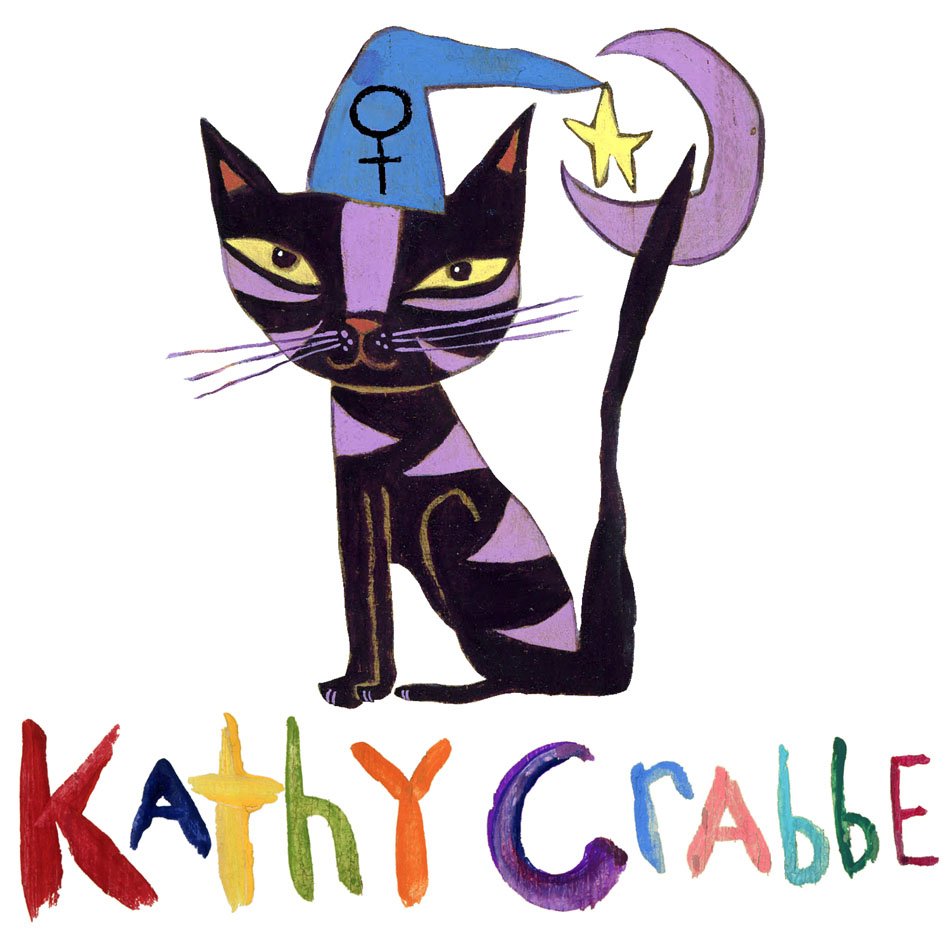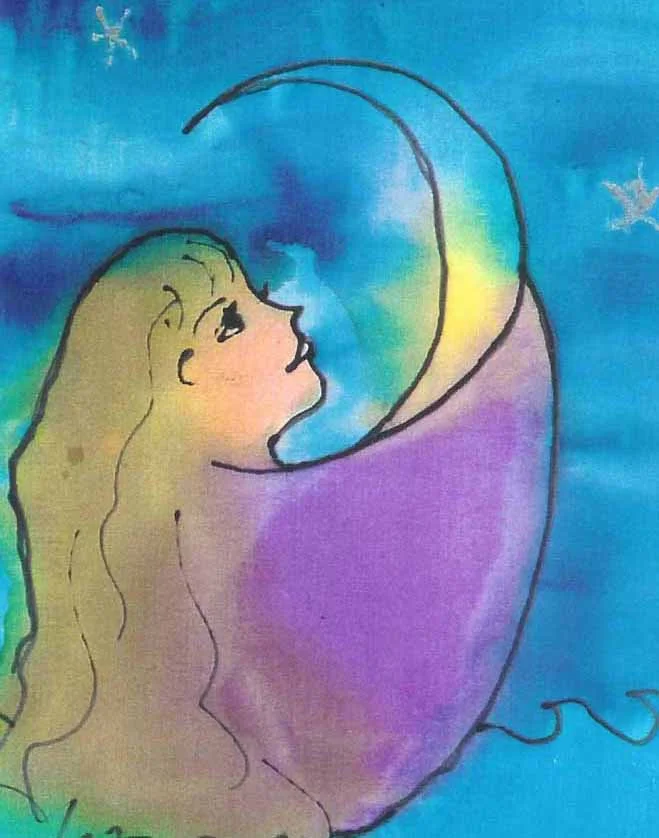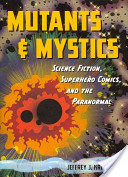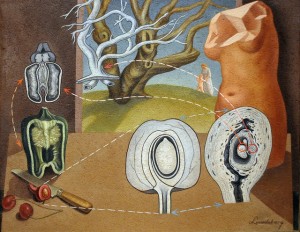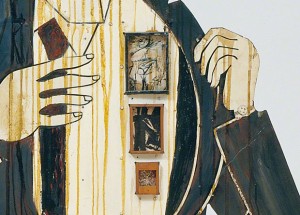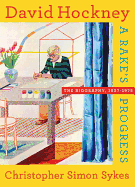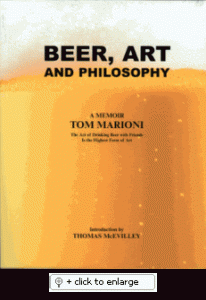Cancer Moon Goddess by Kathy Crabbe
I’d like to share a review of my Zodiac Goddess Playbook by Creative Director and Coach for women, Jane Dutra-Salemi. Enjoy!
Archetypes are powerful. These ancient symbols are supportive and healing. They help us to create change in our lives. They allow us to embody qualities we need to support us through transitional times. They make it possible for us to see the bigger picture in life situations and provide meaning and understanding for our emotions so that we can begin to know ourselves in deeper and more meaningful ways.
Archetypes are what first drew me to this book. The Zodiac Goddess Playbook by Kathy Crabbe is a fun little book that uses the archetypes of the goddesses to help us understand the 12 signs of the zodiac.
Kathy provides correspondences, affirmations, and meditations for each of the 12 featured goddesses. I appreciated all the information, but I also liked the fact that if any of the goddesses presented did not resonate with me, I had a lovely starting point for my own goddess study to use for that particular zodiac sign.
Visually, this book is very colorful. Each chapter represents one goddess/zodiac sign with accompanying artwork. If you are an artist, this book will intrigue you, as there is an article highlighting each of the contributing artists. It was interesting to read their shared stories.
If you are like me and have had trouble in the past following the moon cycles through the zodiac signs and remembering what each sign means, this is a fun way to do it. By having a goddess symbolize each zodiac sign, I am easily able to feel into that sign’s aspects and qualities. Taking an unfamiliar topic (the zodiac) and pairing with a familiar one (goddesses) was just what I needed to close the gap for me.
I also liked the “playbook” aspect of this book. Since it is an e-book I felt totally comfortable printing it out and making notes and comments on the pages, making it totally mine. I also feel that each person using the book will have a different experience with it. This book is great for personal discovery and could also be a fun tool to use within a group.
To purchase the book and check out Kathy’s other interesting offerings, please see her website. The Zodiac Goddess Playbook by Kathy Crabbe is $9.95 and available through her website: https://www.kathycrabbe.com/books/zodiac-goddess-playbook
About Jane Dutra-Salemi
Jane has a passion for connection and community. She’s a joyfully supportive “Girl Friday” acting as a Creative Director and Coach for women seeking to add these two blessings into their lives and sacred businesses. She is a Traditional Naturopath, Ayurveda student, and 9 Moons Lunar Priestess who believes that the power of Sisterhood and Community serve to nourish us all. Jane can be reached at createsacredcommunity@gmail.com
